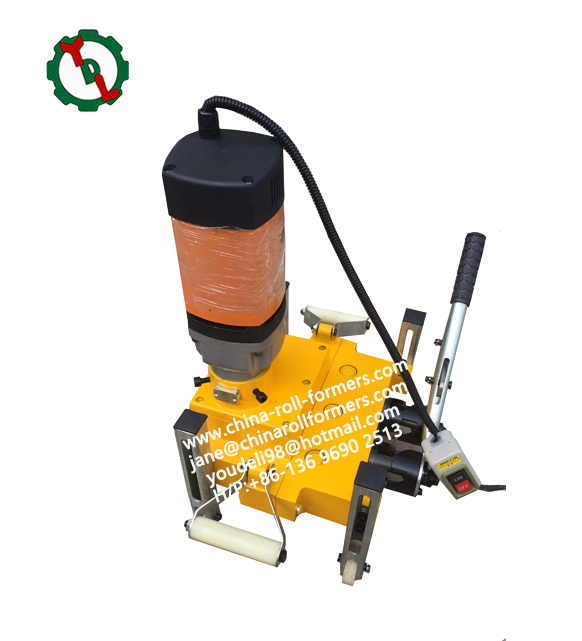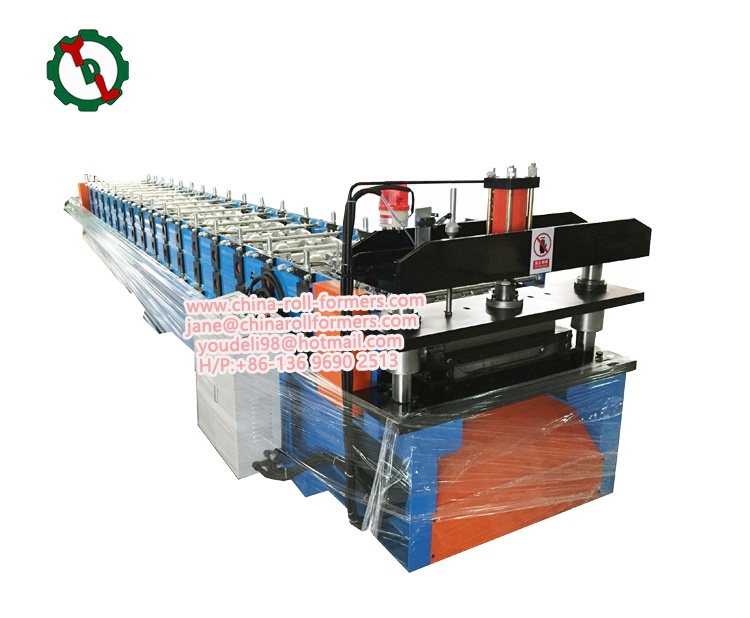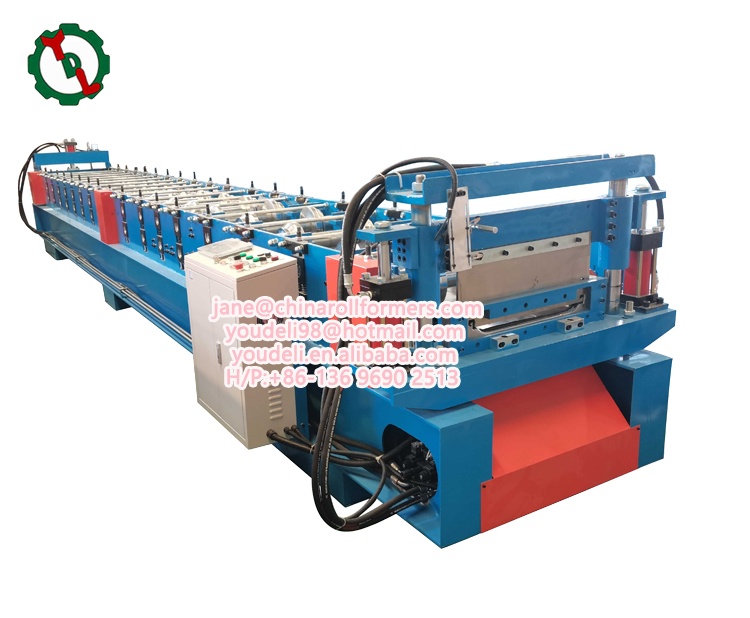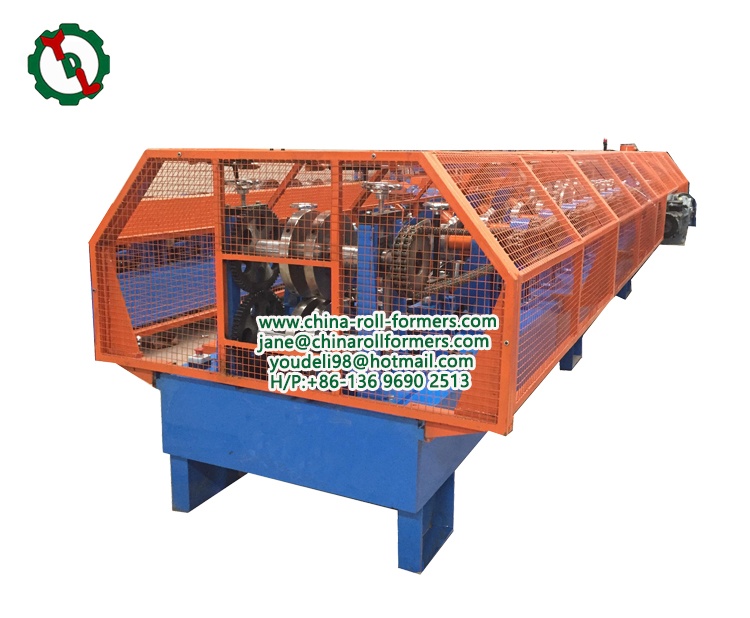Electric seaming machines are a type of machinery used in various industries for seaming or joining materials together using electricity as a power source. These machines are commonly used in manufacturing processes where a strong, permanent seam is required. In this article, we will explore what it is, how it works, its key components, applications, and the benefits it offers.
What is an Electric Seaming Machine?
It is a specialized piece of equipment used to seam or join materials together using an electrically powered mechanism. These machines are commonly used in industries such as metalworking, textiles, and plastics to create strong, permanent seams in materials such as metal sheets, fabrics, and plastic films. They are designed to be efficient, reliable, and easy to use, making them ideal for high-volume production environments.

How Does an Electric Seaming Machine Work?
Electric seaming machines work by using a combination of pressure and heat to join materials together. The machine consists of two rollers or wheels that are pressed together with the material between them. The rollers are heated electrically, which softens the material and allows it to be formed into a seam. As the rollers move, they compress the material, creating a strong, permanent bond.
Key Components of an Electric Seaming Machine
- Rollers: The rollers are the primary components of the machine and are responsible for applying pressure and heat to the material. They are typically made of high-quality materials that can withstand the high temperatures and pressures involved in the seaming process.
- Heating Element: The heating element is used to heat the rollers and soften the material being seamed. It is usually located inside the rollers and is controlled by a thermostat to maintain the desired temperature.
- Pressure Mechanism: The pressure mechanism is used to apply pressure to the rollers and the material being seamed. It is typically controlled by a hydraulic or pneumatic system that allows for precise control of the pressure applied.
- Control Panel: The control panel is used to set and monitor the various parameters of the seaming process, such as temperature, pressure, and speed. It allows the operator to adjust these parameters to achieve the desired seam quality.
Applications of Electric Seaming Machines
They are used in a wide range of industries and applications, including:
- Metalworking: They are used to join metal sheets together in applications such as roofing, HVAC ductwork, and automotive manufacturing.
- Textiles: They are used to seam fabrics together in applications such as garment manufacturing, upholstery, and bedding production.
- Plastics: They are used to join plastic films together in applications such as packaging, agriculture, and construction.
Benefits of Using an Electric Seaming Machine
- Efficiency: They are highly efficient, allowing for fast and precise seaming of materials.
- Quality: They produce strong, permanent seams that are highly durable and resistant to tearing or breaking.
- Versatility: They can be used to seam a wide range of materials, making them suitable for a variety of applications.
- Cost-Effectiveness: They are cost-effective, helping to reduce labor costs and improve production efficiency.

Maintenance and Care of Electric Seaming Machines
Proper maintenance and care are essential to ensure the efficient operation and longevity of it. Regular maintenance can help prevent costly repairs and downtime. Here are some key maintenance tips for electric seaming machines:
- Cleaning: Regularly clean the machine, including the rollers, heating element, and pressure mechanism, to remove any dirt, debris, or residue that may accumulate during operation. Use a mild detergent and water solution for cleaning, and avoid using abrasive materials that could damage the machine.
- Lubrication: Ensure that all moving parts are properly lubricated to reduce friction and wear. Use a lubricant recommended by the manufacturer and apply it according to the manufacturer’s instructions.
- Inspection: Regularly inspect the machine for any signs of wear, damage, or misalignment. Pay particular attention to the rollers, heating element, and pressure mechanism. Replace any worn or damaged parts immediately to prevent further damage to the machine.
- Adjustment: Periodically check and adjust the machine’s settings, such as temperature, pressure, and speed, to ensure optimal performance. Refer to the machine’s manual for guidance on proper adjustment procedures.
- Safety Checks: Regularly check the machine’s safety features, such as emergency stop buttons and safety guards, to ensure they are functioning correctly. Replace any faulty or damaged safety features immediately.
- Training: Ensure that operators are properly trained in the operation and maintenance of the machine. Provide regular refresher training to ensure that operators are aware of the correct procedures for operating and maintaining the machine.
Common Issues and Troubleshooting
Despite proper maintenance, electric seaming machines may encounter issues from time to time. Here are some common issues and troubleshooting tips:
- Uneven Seams: If the seams produced by the machine are uneven, check the alignment of the rollers and adjust as necessary. Also, check the pressure and temperature settings to ensure they are correct for the material being seamed.
- Excessive Wear: If the machine is experiencing excessive wear, check the lubrication of moving parts and adjust as necessary. Also, inspect the rollers for any signs of damage or wear and replace them if needed.
- Overheating: If the machine is overheating, check the temperature settings and adjust as necessary. Also, ensure that the cooling system, if equipped, is functioning correctly and not blocked by debris.
- Jamming: If the machine is jamming, check for any obstructions in the rollers or pressure mechanism and clear them. Also, ensure that the material being seamed is fed into the machine smoothly and evenly.
By following these maintenance tips and troubleshooting guidelines, operators can ensure that their its operates efficiently and reliably, helping to maximize productivity and minimize downtime.
Conclusion
In conclusion, electric seaming machines are a valuable tool in various industries for joining materials together. They offer efficiency, quality, versatility, and cost-effectiveness, making them ideal for a wide range of applications. Understanding how these machines work and their key components can help manufacturers make informed decisions about their use in their production processes.






